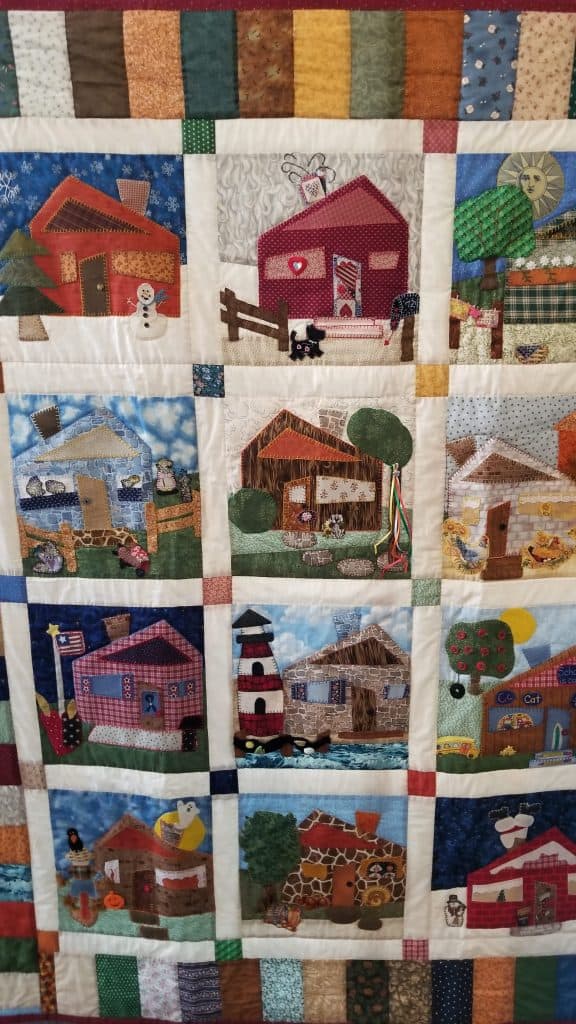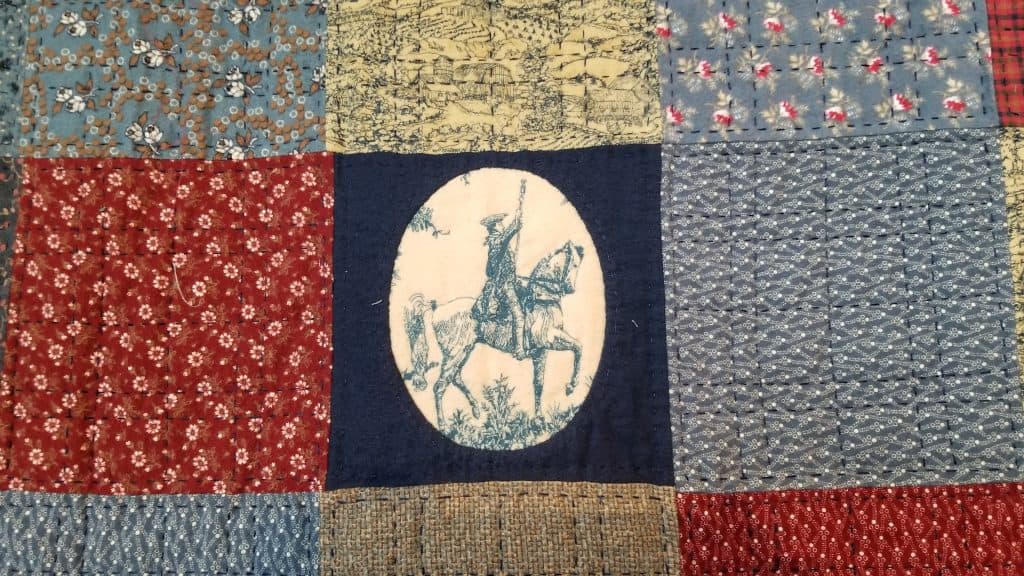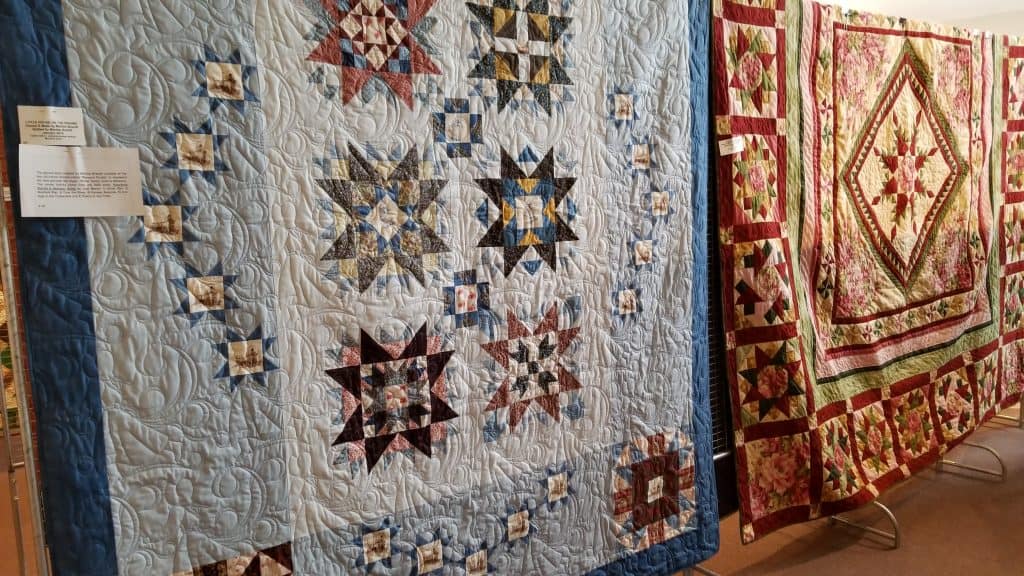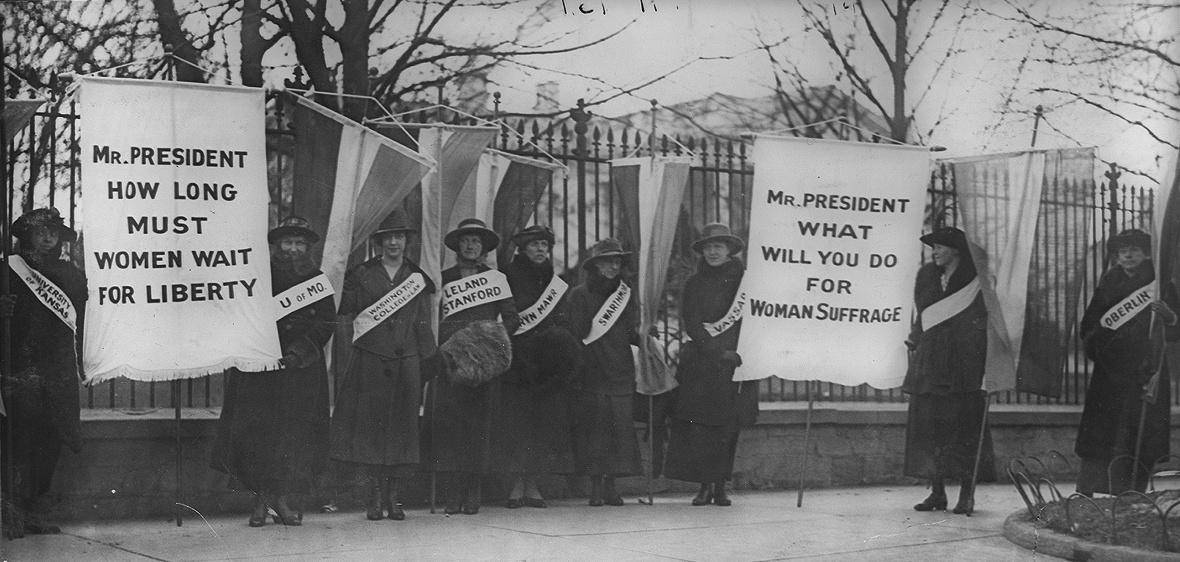As the month of June quickly approaches it is the perfect time to look at all the upcoming Festivals and activities and ‘save the dates’ so you don’t miss anything!
The month will start off with the annual Ohio Valley Frontier Days at Old Fort Steuben on June 1st and 2nd. You have the opportunity to meet the soldiers, surveyors, settlers and Native Americans who were part of our 18th century heritage at this festival and enjoy food, music, crafts and fun for the whole family. Hours are Saturday 10am to 8pm and Sunday 11am to 5pm. Admission is Adults $6, Youth 6-12 $3 and under 6 years free.
Also on June 1st is the Calvary Community MBC Bazaar at Calvary Community Missionary Baptist Church, 255 South 7th Street. The hours for the Bazaar are 9am – 4pm. Buy, sell and enjoy an atmosphere of inclusiveness and fun for everyone. Table space is $25. For more information contact Brother Willie Hilson @ 845.775.8001 or Sister DeSaree Marshall @ 740.274.9435.
The Fort Steuben Concert Series on June 6th features Pocket Change (Classic Soul & Pop) and The Stickers (Country Rock). This free concert begins at 7pm at the Berkman Amphitheater, 120 South 3rd Street.
On June 7th is First Friday on Fourth with this month’s theme being Frontier Days. Food, live entertainment, crafts and games will be taking place on Fourth Street from 6pm – 11pm.
The annual 2019 Grecian Food Festival runs from June 11th through June 14th at the Holy Trinity Greek Orthodox Church, 300 South Fourth Street with authentic Greek food, entertainment and crafts. For more information call 740.283.9164.
The live June 13th Fort Steuben Concert at the Berkman Amphitheater, features Vince Villanova Big Band at 7pm and Bob Morelli Dean Martin Tribute at 8pm. After the concert, stick around and check out Astronomy Outreach Night at Fort Steuben Park with Zach Coldebella.
From June 13th through the 15th, the annual Dean Martin Festival will be taking place at The Spot Bar, 217 South 4th Street, with live entertainment, food and drinks. Thursday is the Dean Martin Karaoke Contest, Friday and Saturday Bob Morelli as Dean Martin, and Dave Salara as Frank Sinatra and Chris Denem as Neil Diamond. Saturday afternoon is The Frank Gallo Band. For information call: 740.283.9164.
On June 15th the annual Dean Martin Hometown Celebration takes place. Starting off the day is the 5th Annual Dino Dash 5K Run and 1 Mile Martin Meander with Run starting at 9am, Walk at 9:15am and Kids 1K Run at 9:45am. From 10am – 8pm at Fort Steuben Park and on South 3rd Street, enjoy a classic car cruise, trolley tours through historic downtown with a stop at the Jefferson County Historical Museum which has a Dean Martin Room, mini train rides for kids and adults, Nick’s Balloon Art, Kurt James Fun n Games, food and craft vendors and more. Also enjoy 3 live concerts at the Berkman Amphitheater located in Fort Steuben Park featuring Flashback; Joe Scallisi, a Dean Martin Tribute Artist and Beatlemania Magic. The day concludes with a dance on North Fourth Street. For more information call 740.283.4935.
June 20th Fort Steuben Concert Series at the Berkman Amphitheater features Stevee Wallons (Rock & Soul) and Bill Toms & Hard Rain (Rhythm & Blues). The concert begins at 7pm and admission is free.
The Juneteenth Festival celebrating African American Heritage takes place June 21st at 3pm and June 22nd at 12pm at the Second Baptist Church, 717 Adams Street. Juneteenth is the oldest national celebrated commemoration of ending slavery in the United States. For more information call 740.282.4949.
The Jefferson County Relay for Life which takes place at the Clark Hinkle Stadium, 720 North River Ave., Toronto begins at 6pm on June 21st and runs until 9am June 22nd. For more information or how to join call Tracy @ 740.509.0196.
Yet another free live Concert at Fort Steuben Berkman Amphitheater takes place on June 27th featuring Magic Moments at 7pm and With Elvis! at 8pm. Remember all concerts are subject to change due to weather.
Please follow the Events Calendar on this website for information on events as it become available.









